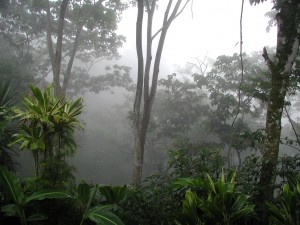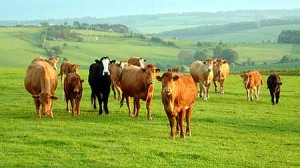The Possibility of Organic Farming:
A multi-faceted process of governmental sanction and financial subsidies to promote and advance organic farming practices based on human health and ecological principles.
What would you do?
What if you found out that your favorite hat would make you start to bald prematurely, would you still wear it? Logically, most of us would do without the good looking hat in order to sustain our hairline. Imagine that you have a second hat that costs a little more to purchase than the initial hat, but will not diminish your hairline; would you wear this second hat instead? Following the same logic, you would certainly switch to wearing the second hat because people value their own well-being. Now, what if you found out that the food you and your family have been eating could increase the chances that your children would grow up autistic, with ADHD and have mental or physical challenges; all while increasing your own risk of developing numerous types of cancers, reduced fertility, Alzheimer’s disease, asthma, Parkinson’s disease and diabetes (Feldman, Kepner & Owens, 2010, pp. 14-21). Would you search for a second “hat” without the side effects of pesticides used for conventionally grown food in order to sidestep a life that appears doomed to be riddled with disease and hardship? Continue Reading






Recent Comments